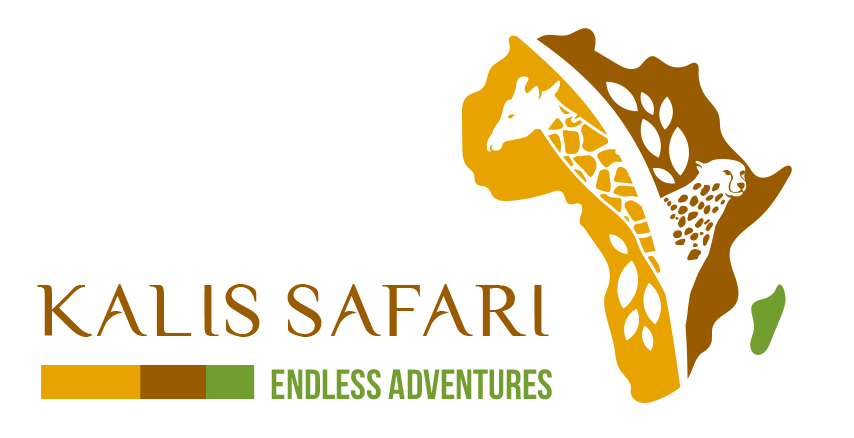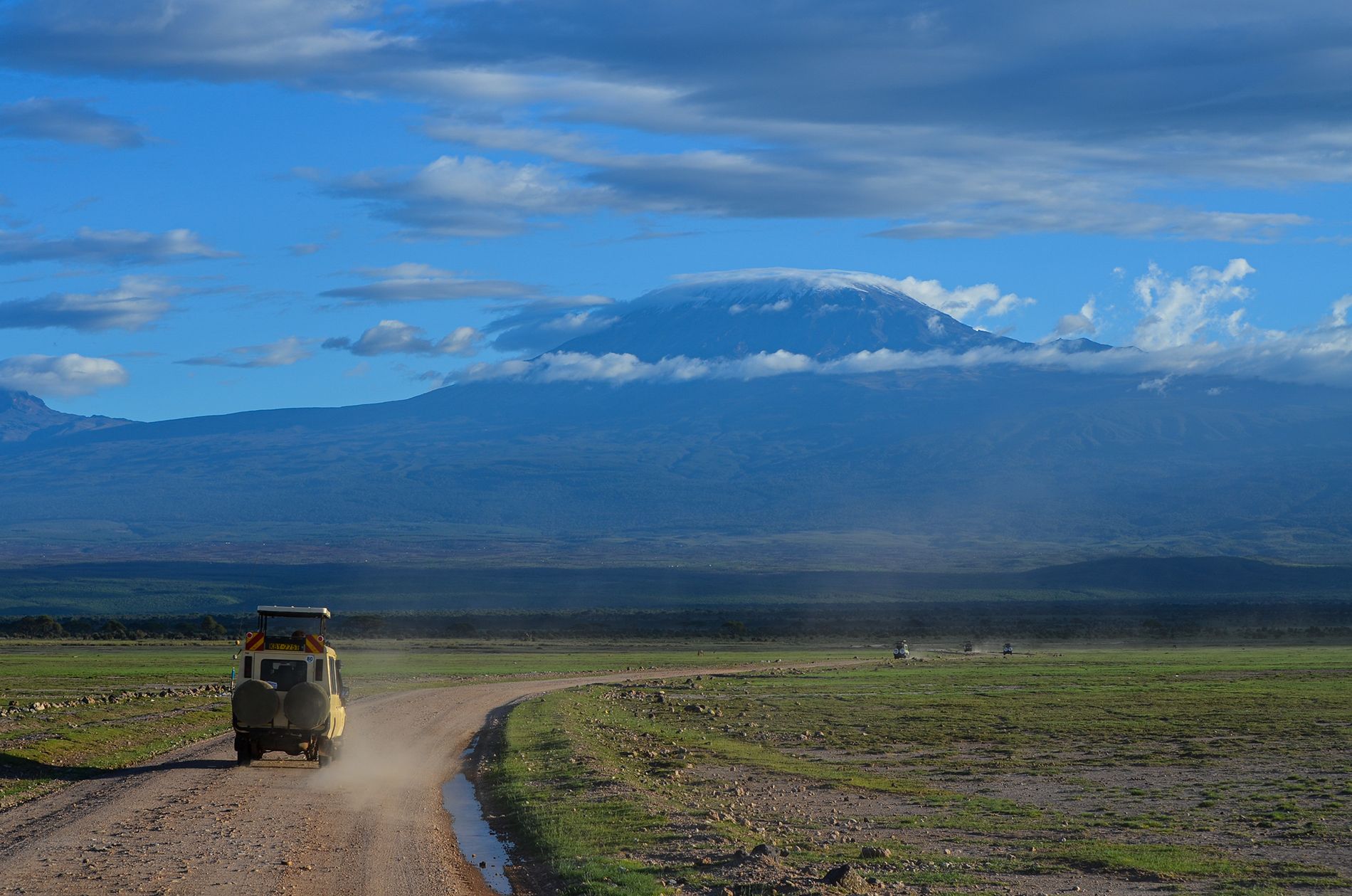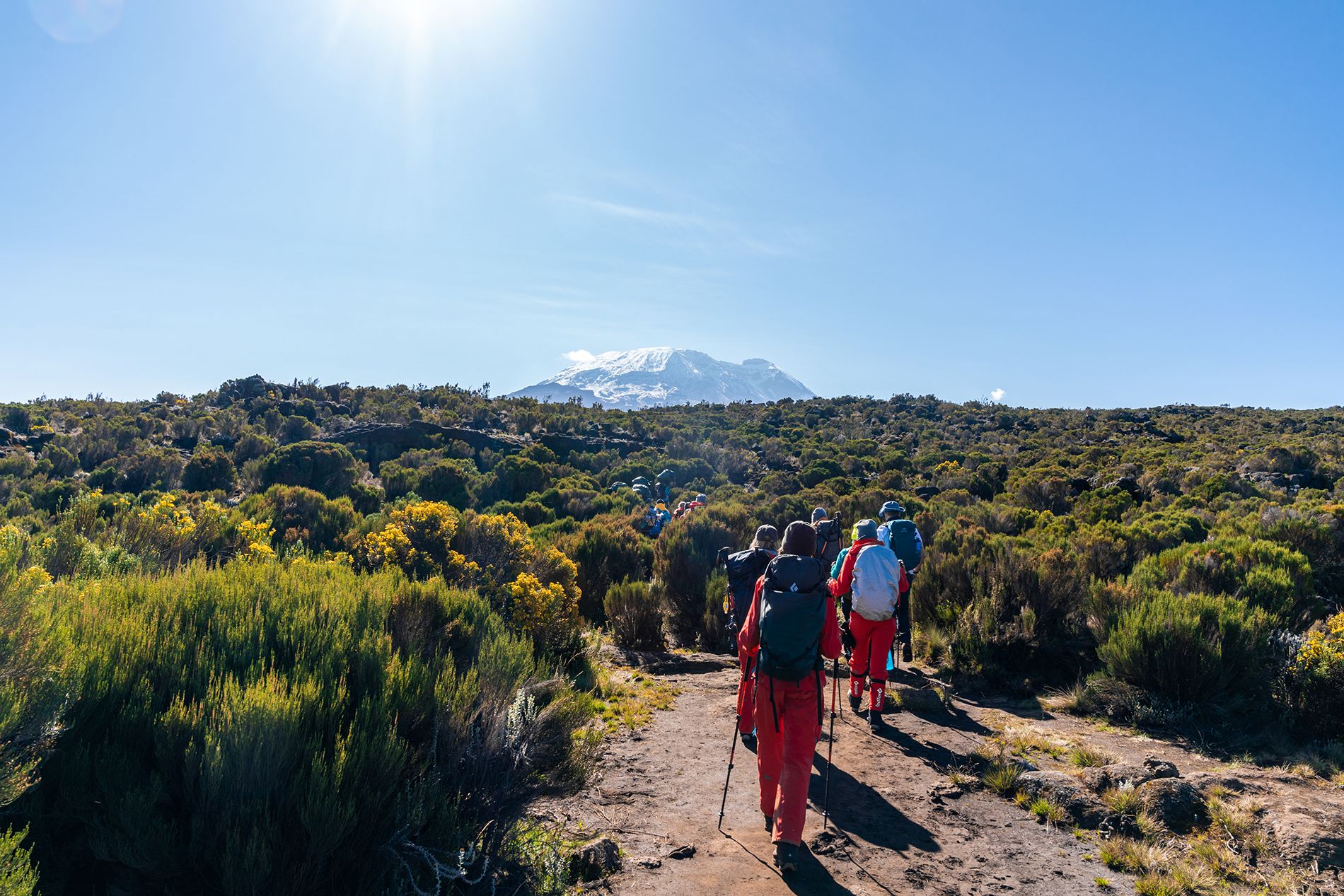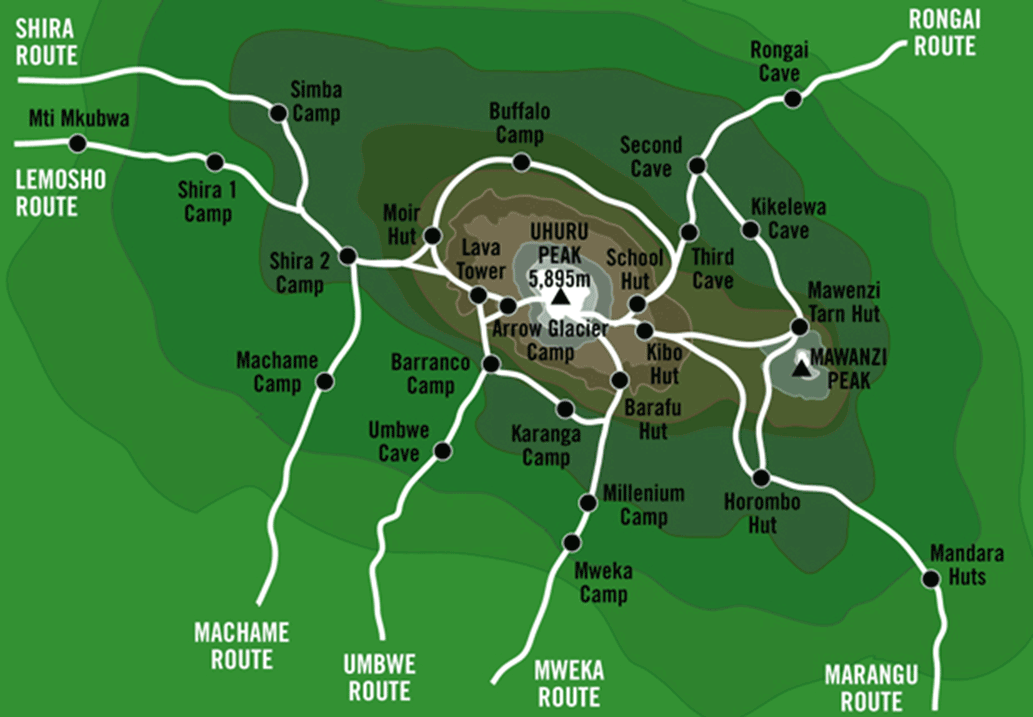Mount Kilimanjaro
Mount Kilimanjaro is the highest mountain in Africa and the highest freestanding mountain in the world. It is located in Tanzania, East Africa, near the border with Kenya.
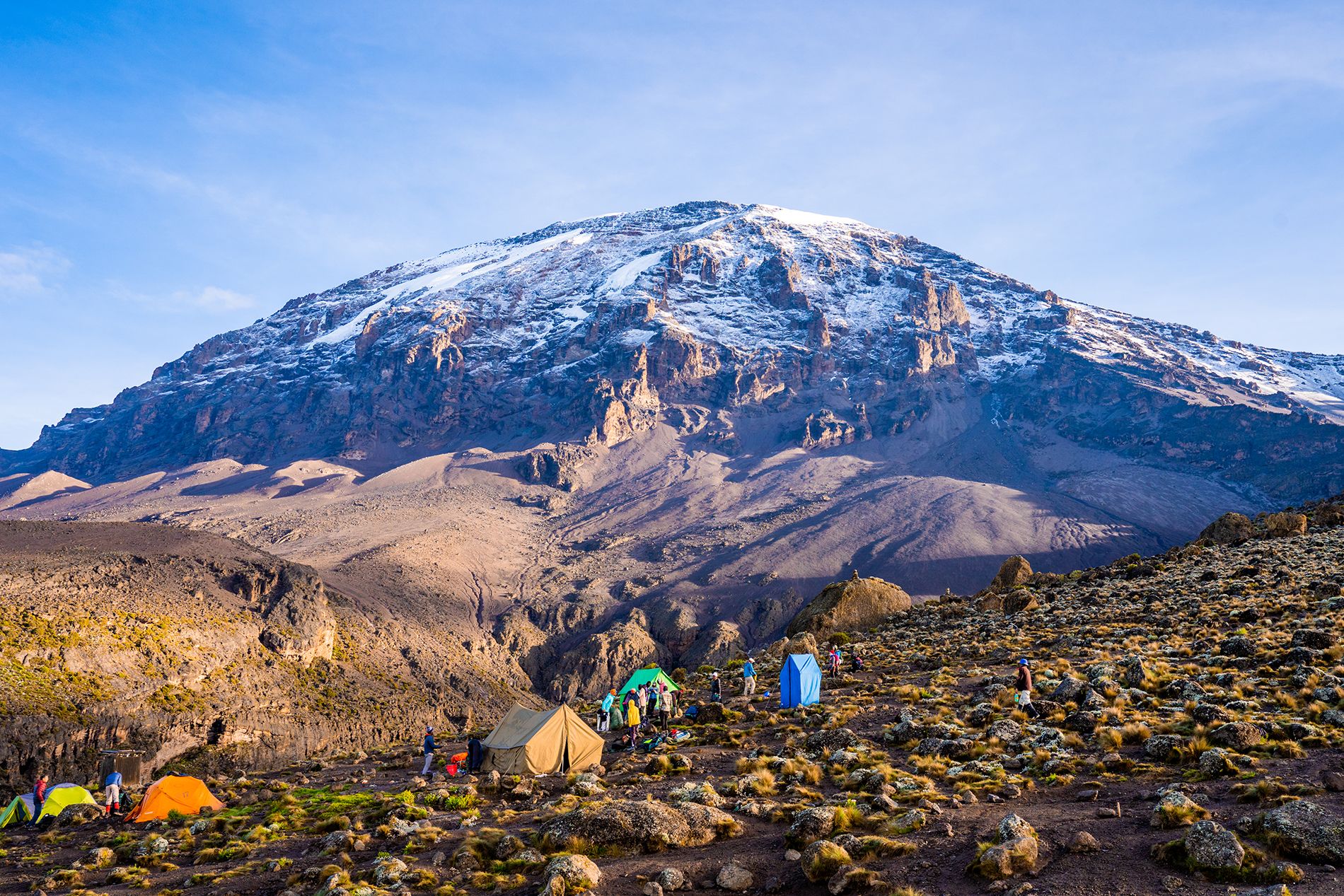
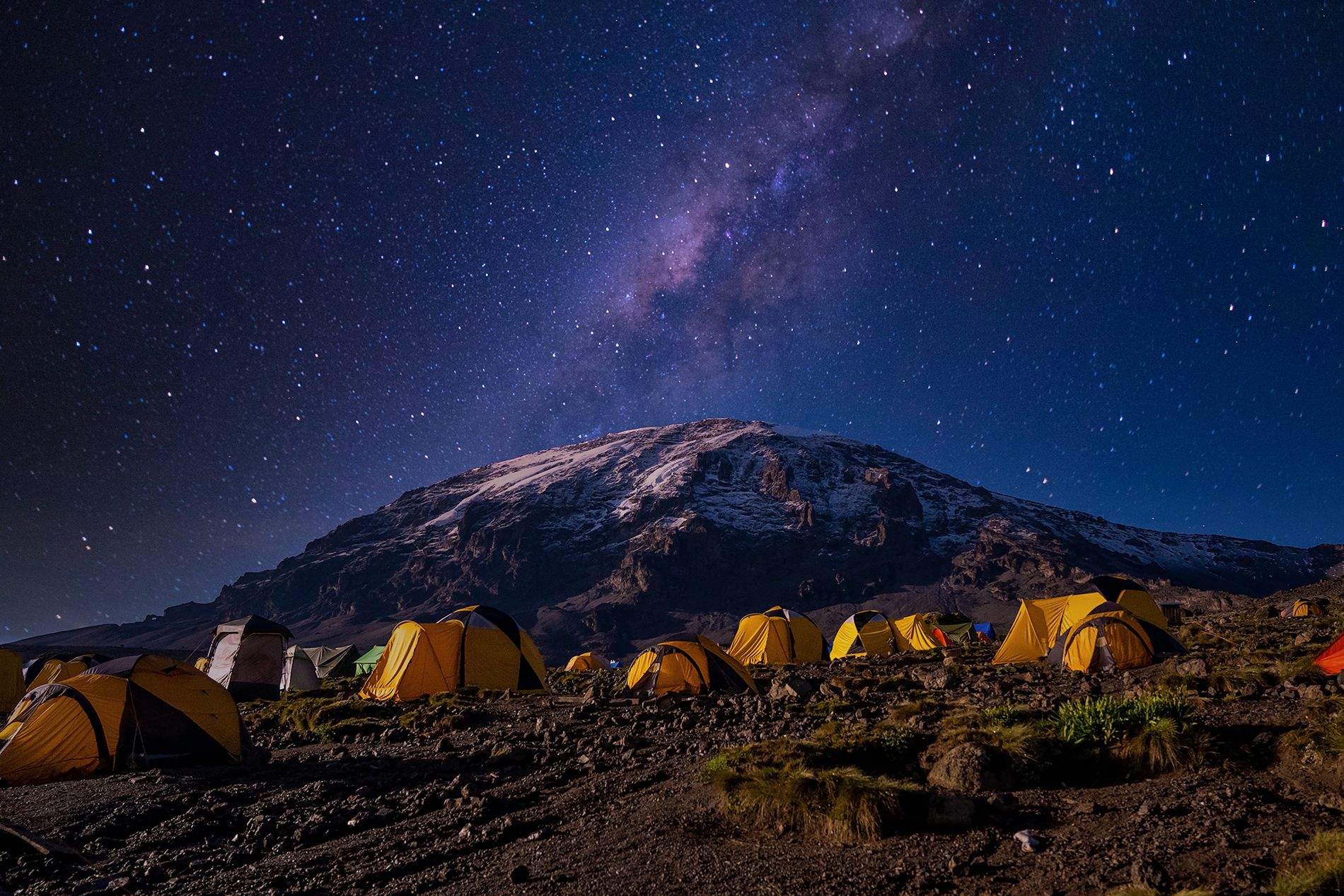
Here are some key details about Mount Kilimanjaro:
Elevation: The summit of Mount Kilimanjaro, known as Uhuru Peak, stands at approximately 5,895 meters (19,341 feet) above sea level.
Geology: Kilimanjaro is a stratovolcano composed of three volcanic cones: Kibo, Mawenzi, and Shira. Kibo is the tallest and hosts the summit, while Mawenzi and Shira are dormant.
Climbing Routes: There are several climbing routes to the summit, each varying in difficulty and duration. Some popular routes include the Marangu, Machame, Lemosho, Rongai, and the more challenging Umbwe and Western Breach routes.
Climbing Difficulty: Climbing Kilimanjaro is a challenging trek, mainly due to its high altitude. It is considered a non-technical mountain, which means it does not require mountaineering skills or equipment, but it demands a good level of physical fitness and mental determination.
Best Time to Climb: The best time to climb Kilimanjaro is during the dry seasons, which are from late June to early October and from late December to early March. These periods generally offer more stable weather conditions and better chances of reaching the summit.
Acclimatization: Proper acclimatization is crucial to reduce the risk of altitude sickness. Most routes are designed with gradual ascent profiles and rest days at higher altitudes to help climbers acclimatize.
Guides and Permits: Climbing Kilimanjaro requires permits, and it is mandatory to climb with a registered guide or through a licensed tour operator. These guides are experienced and trained to ensure climbers’ safety and help them throughout the journey.
Scenery and Climate: Climbers experience different climate zones as they ascend the mountain, ranging from tropical rainforests to alpine deserts and arctic conditions near the summit.
Environmental Conservation: Kilimanjaro’s popularity as a tourist destination has raised concerns about environmental impacts. Efforts are being made to promote responsible tourism and protect the delicate ecosystems of the mountain.
Mount Kilimanjaro preview
Climbing Mount Kilimanjaro is a remarkable and challenging experience, offering breathtaking views and a sense of accomplishment upon reaching the summit. However, it should not be underestimated, and climbers need to be adequately prepared, physically and mentally, and follow guidance of experienced guides for a safe and successful ascent.
